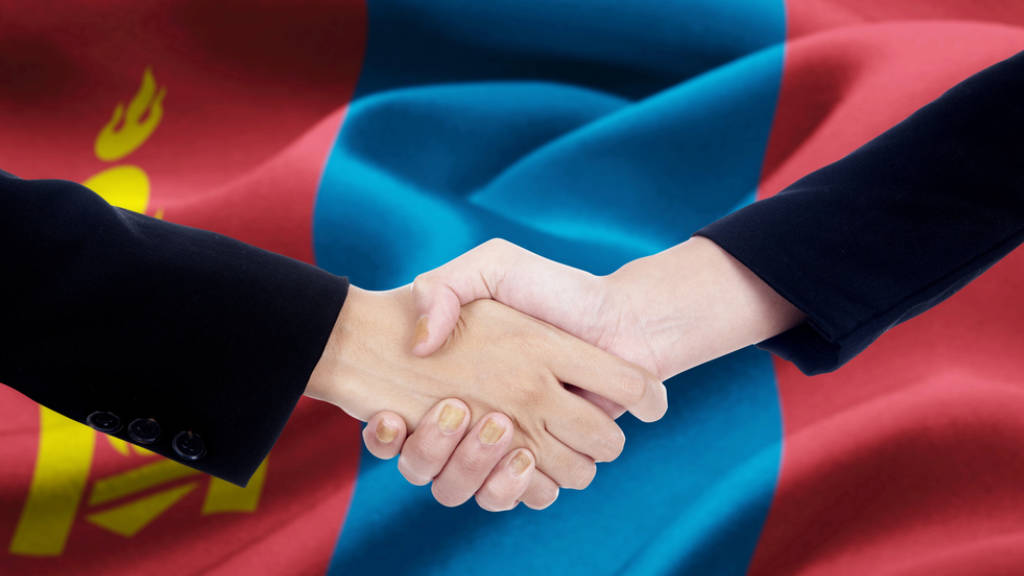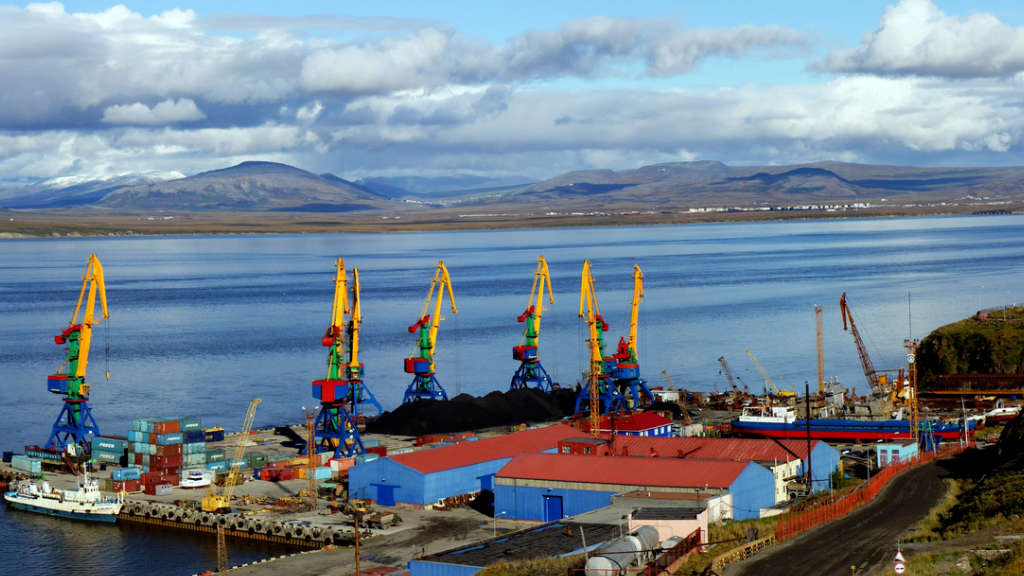The Russian Prime Minister, Mikhail Mishustin has met with the Mongolian Prime Minister Luvsannamsrain Oyun-Erdene at the annual Prime Ministerial meeting of the Shanghai Cooperation Organisation (SCO) currently being held in Islamabad. Russia is a founding member of the SCO, while Mongolia is an Observer nation.
Mishustin said that “The Russian side is giving a lot of attention to expanding trade and economic cooperation with Mongolia. In particular, our trade volume increased by 21% in January-August this year” while saying that the bilateral intergovernmental commission on trade and economic cooperation is very active. “There are many projects here. We are working together on strategies in the sphere of energy, industry, agriculture, and in the humanitarian sphere” Mishustin said.
According to Mishustin, more than 70,000 Mongolian citizens have graduated from Russian universities. “The peoples of Russia and Mongolia are united by our cultural and humanitarian ties. I am absolutely confident that, with further interaction, we will find very many new ideas, projects in various areas.” Mishustin told Oyun-Erdene.

Mongolia is currently negotiating a Free Trade Agreement with the Eurasian Economic Union, which is hoped will be finalised in December. The two countries have also embarked on several projects to develop border crossing capacity and other trade routes, including a road link between Ulaan Baatar and Astana, the capital of Kazakhstan.
There has also been intense speculation about the future of the proposed Power of Siberia 2 gas pipeline between Russia and China, which transits Mongolia. Negotiations have proven difficult over gas supply pricing, however, both Presidents Putin and Xi have apparently asked their respective organisations to reach a deal. Mongolia would be a beneficiary in terms of earning transit fees, with the opportunity also of using some of this energy to power its rapidly expanding capital city.
Along with this, a Russia-Mongolia-China economic corridor is also being discussed, the so-called ‘Steppe Road’ being the connection of ports and railways between the three countries.
This is a Mongolian initiative that it wants to get started with the assistance of Russia and China. Ulaanbaatar envisages “Five Great Passages” requiring US$50 billion in investment, which woud include:
- A 997 km-long transnational expressway linking Russia and China
- 1,100 km of electrified rail infrastructure
- The construction of a new railway between the major border checkpoints at Altanbulag on the border with Russia, and Zamyn-Udd near the Chinese border.
- Construction of oil and gas pipelines from Altanbulag to Zamyn-Uud.
The Steppe Road isn’t just about transport infrastructure, but part of a Mongolian national development strategy which also seeks to invigorate the country’s telecom and tourism sectors and boost its mining and energy potential.

This would provide some benefits to both China and Russia, as well as Mongolia, which could be used as a processing centre for several industries and trade between Russia and China. Mongolian salaries are about 20% of those in the nearest developed Russian and Chinese cities. Mongolia also possesses significant mineral reserves of interest to both, including in various critical industries.
Further Reading
New Russia – Mongolia Border Crossing and Special Economic Zone To Open In 2025





